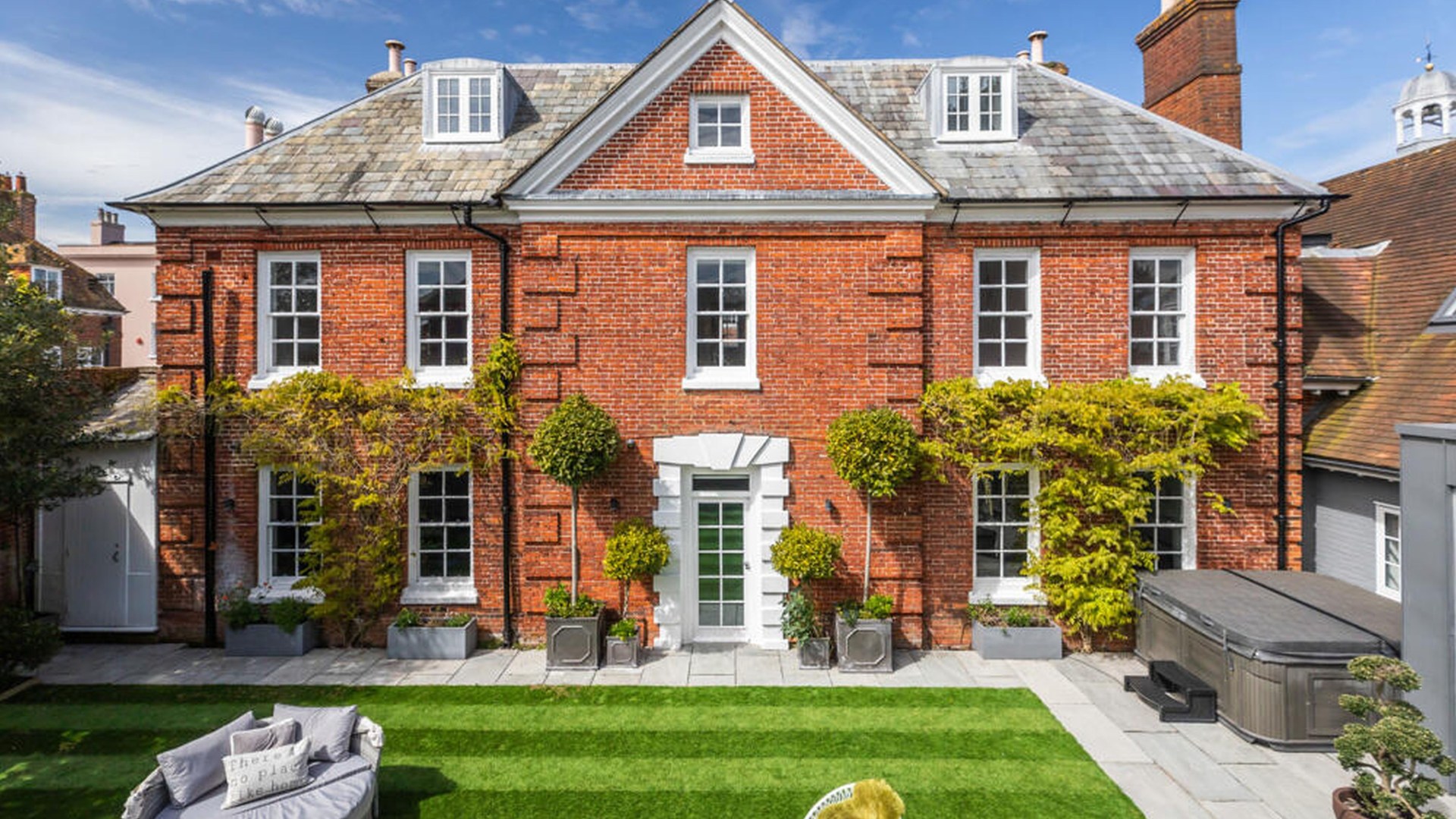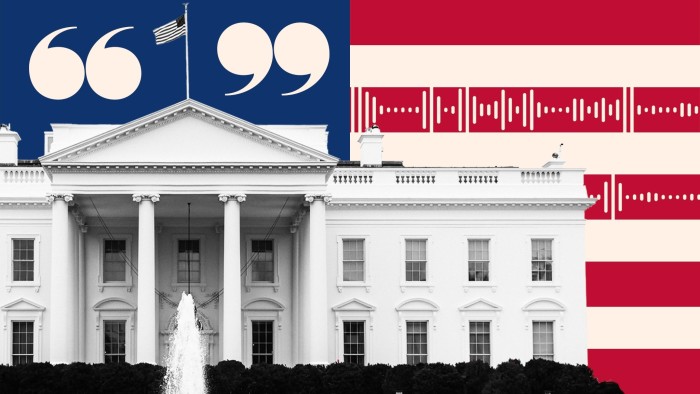When the artist Paul Anthony Smith sees an abandoned photo album on the street, he snaps it up like a lucky penny. On an afternoon in his studio in the Bronx, New York, he is surprised to learn that I didn’t do the same when I encountered one recently. “Oh no, you take it,” he says disapprovingly. “It’s so sad no one was able to adopt those images.” For Smith, these keepsakes represent an antidote to the scourge of iPhone photos; they are tactile and intimate yet anonymous.
The Jamaican-born artist is constantly filling his own albums with personal snapshots from his 35mm camera: a dinner party in London, Carnival festivities in Trinidad and Tobago, a beach day in St Thomas with his wife and children. Sometimes, he blows them up and uses them as the basis for large-scale compositions.
Smith’s distinctive style comes from the way he adds layers — spray-painted chain-link fences, tiny holes in the shape of breeze blocks, three-dimensional objects such as flags — to create distance between the source image (always his own) and the viewer. For many artists, the medium is the message. For Smith, the mediation is the message. In other words, the way he obscures his imagery is just as important as the imagery itself. “Sometimes, it’s like, ‘Ah, I’m revealing too much,’” he says. “I pick over some of my works . . . to disguise and protect the information that’s beneath.”

At Frieze London next week, Timothy Taylor Gallery will dedicate its entire booth to Smith’s work, marking the 36-year-old’s first solo presentation in the UK. Taylor describes Smith as “one of the most exciting young artists I’ve seen in a couple of years”.
Smith’s mention of disguising was referring to picotage, the novel technique for which he is best known. A portmanteau of “picking” and “collage” that originally referred to a French textile printing technique, the term also describes Smith’s laborious process of puncturing the surface of an ink-jet print with a sharpened potter’s needle over and over. (He studied ceramics at the Kansas City Art Institute, which refined his attunement to surface texture.) “I don’t have assistants except for these 10 fingers,” he notes. The repetitive process is so strenuous that he often sleeps with his right hand in a brace. But it is also effective. The ritual can turn figures into ghostly apparitions or add a shimmering, lenticular overlay that reframes the entire composition.

At the fair, Smith will present several picotage works based on images he took of the ocean at sunrise while travelling across the Caribbean. The majority of the booth will be dedicated to thickly impastoed paintings of lush gardens, sometimes seen through a chain-link fence. Both bodies of work are informed by Smith’s identity as an immigrant — more specifically, the feeling of being simultaneously like an outsider looking in and an insider looking out.
Smith was born in Saint Ann’s Bay in 1988; his parents worked on cruise ships. After they split, his father moved to Florida and Smith followed aged nine. Often left in the care of his stepmother and three stepsiblings while his father travelled for work, Smith was an insider and outsider in his own home, as well as in his new country. His family was part of the Seventh Day Adventist church, following strict dietary rules and observing the sabbath. “I was always questioning religion and belief systems,” he says.
Smith, who sports a bushy beard and a baseball hat, speaks like someone accustomed to translating his experiences for others. He loves a simile. Making an image on the wrong surface, he explains, is like wearing clothes that don’t fit; returning to a location and taking subpar pictures is like going to a restaurant and finding the food isn’t as good as you remembered. His art shares a similar impulse. “Everyone is trying to [be] like, ‘This is mine and this is yours,’” he says of his experience as an immigrant to the US. “I’m trying to visually pull people together.”

Smith’s Eye Fi Di Tropics series at Frieze is also inspired by twin sensations: watching a boat approach from the shore and watching a shore draw near from a boat. (The latter, Smith notes, is an experience shared by his seafaring parents and colonising figures such as Christopher Columbus.) In recent years, Smith has travelled throughout the Caribbean taking photos of the water, “trying to understand how [locals] saw people coming into their lands”.
These days, Smith is moving away from picotage and towards a looser, more improvisational mode of painting. The second body of work at Frieze, Dreams Deferred, is wild, tangled floral landscapes rendered in oil stick. Smith paints these lush scenes over photographs of gardens ranging from Versailles and Central Park to rangy, wildflower-dotted plots along highways.

The series, which takes its name from a Langston Hughes poem, began as a meditation on the fences and forces that keep people in and out of manicured spaces. (He got the idea from a fenced-in basketball court next to his former studio in Brooklyn.) For some of the works at Frieze, Smith abandoned the fence to focus solely on the flowers. “I love Arthur Jafa,” he says, referring to the American artist whose recent work plumbs the seedy underbelly of American culture, “but sometimes I don’t want to see those gory images, right?”

Smith is also well aware that florals are friendlier for an art fair, where viewers have hundreds, if not thousands, of images competing for their attention. If he were to return to the UK for a gallery show, he says, he would explore more Caribbean imagery and potentially come back to picotage. But it is important to him that those works, which take more than 10 hours each to make, are viewed slowly, without distraction. “People always ask about the time it takes to make them,” he says with a sigh. I ask if that question annoys him. “It takes a lifetime,” he replies.
Frieze London runs October 9-13, timothytaylor.com

















































































































































You must be logged in to post a comment Login